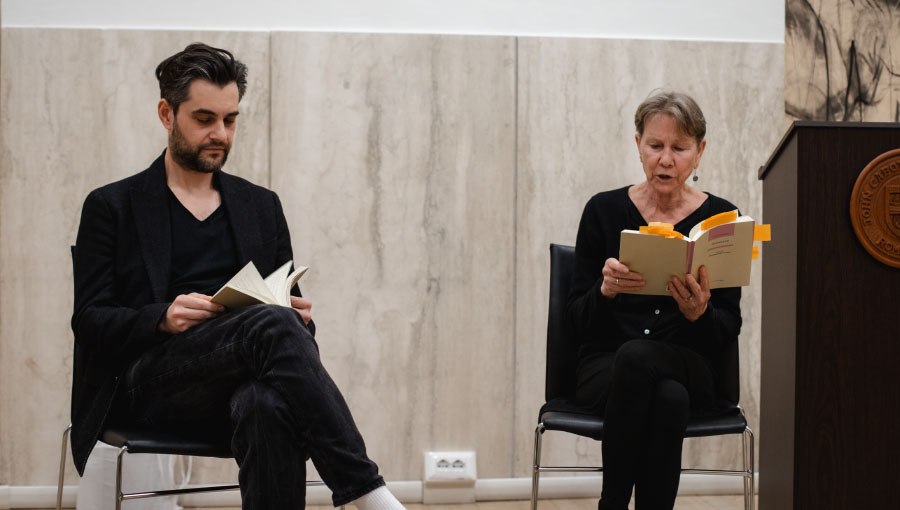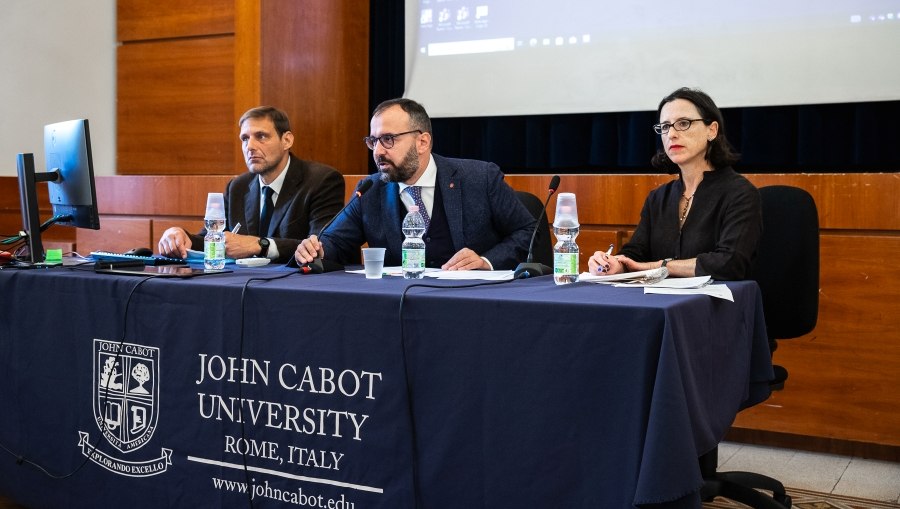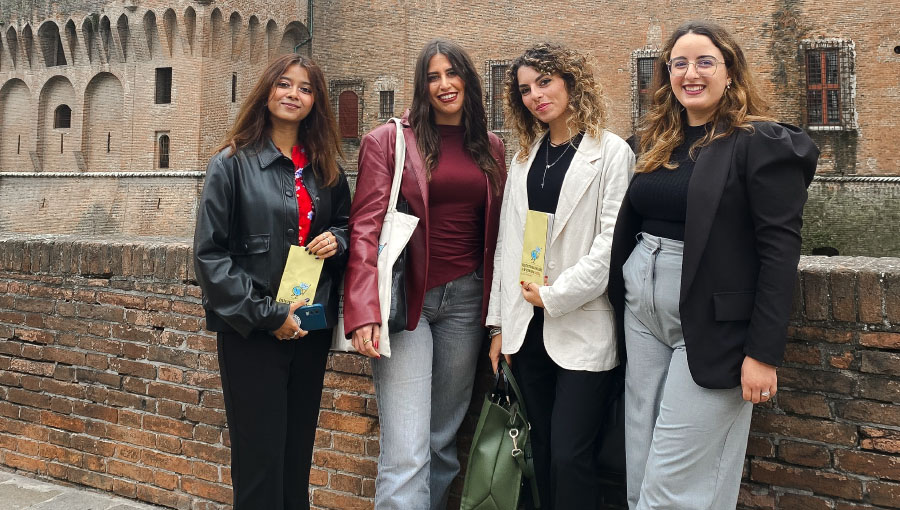Professor Shannon Russell on the Importance of Frankenstein Today
Last October, JCU participated in Frankenreads, a global celebration of the 200th anniversary of Mary Shelley’s canonical Frankenstein. During the month-long event, students, faculty, and staff were invited to participate in the live read-a-thon and attend various Frankenstein-themed events. The Frankenreads celebration came to an end on Halloween night with a lecture given by Fiona Sampson, author of In Search of Mary Shelley: The Girl Who Wrote Frankenstein.
Professor Shannon Russell, Chair of the Department of English Language and Literature discusses the singularity of Mary Shelley as an author, and how Frankenstein is still relevant after 200 years.
What kind of creative mind did Mary Shelley have and what inspired her to write Frankenstein?
Mary Shelley was the child of two highly influential intellectuals. Her father, William Godwin, was one of the leading political philosophers of the day, and her mother, Mary Wollstonecraft, who died shortly after giving birth to her, is widely regarded as the mother of feminism. She grew up in a bookish household surrounded by leading radical thinkers, emerging scientists, and artists. And when she runs off with the
already married Percy Bysshe Shelley she links herself to one of the more important of the second generation Romantic radical writers and thinkers. So, whatever mind Mary Shelley has is, in part, the product of an environment which is aspirational – where ideas and writing matter, and where new social philosophies and scientific discoveries are discussed and debated. These influences are all clearly evident in Frankenstein. But Mary Shelley also draws her inspiration from her own intensely intimate experiences of giving birth to a baby who lives for only a few days, and then to another who is an infant when she writes her novel. Like her mother before her, Shelley’s novel is touched by her recognition of what it is to be a woman capable of creating another human being, and her serious musings on the nature of life, death, and responsibility. She puts all those ideas into the drama about a scientist and his creature, but that story is profoundly informed by her own experiences of motherhood and childhood.
What lessons does Mary Shelley, who wrote Frankenstein at 18, have for young people today?
Frankenstein is a novel about the nature of a student’s personal ambition and responsibility, and I think it has much to offer young people who are embarking on the creation of their own intellectual lives and journeys. It is a book that forces its readers to think carefully about the ethical implications of personal choices, and the limitations as well as the possibilities of human empathy and sympathy. Mary Shelley composed the novel very young and in personal circumstances that would have defeated many of us, so I think young people can learn much from her own life in terms of creative resilience, too. Shelley was not only an incredibly intelligent young woman, but she was also an incredibly brave one.
Why is Frankenstein so popular and so universal after all these years?
I think the novel lives because of its imaginative swirl of ideas. And because Mary Shelley leaves secret just how Frankenstein gives life to his creature, I think the novel enjoys an active afterlife precisely because there is that imaginative vacuum we can fill with our own personal and social interests and anxieties. It is a novel which invites conversations on everything from society’s engagement with new technology and the environment, to the plight of the outsider or political refugee, to the importance of friendship and the obligations of parenthood. Whatever can be said about the novel, it is an astonishing creation from an eighteen-year-old imagination that will, I think, continue to stimulate and inspire its readers.
Shannon Russell is Associate Professor of English Literature and Chair of the Department of English Language and Literature at JCU. She specializes in eighteenth and nineteenth-century fiction with interests in gender, class, and race, scientific discourse, Victorian technologies, and visual representations in the nineteenth-century periodical press. She is Canadian with a B.A. from the University of Western Ontario, an M.A. from Dalhousie University, and a D.Phil. from Oxford University where she also held a two-year Post-doctoral Research Fellowship.






